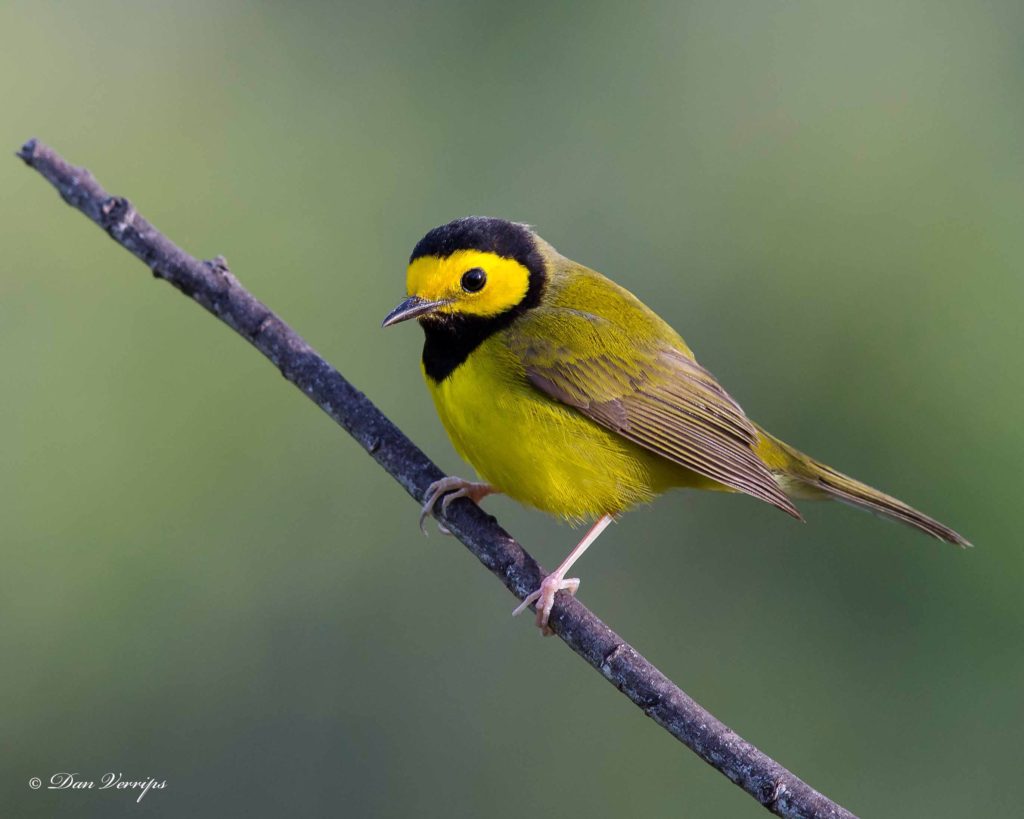
Quick Guide to Birding in Texas
Texas Treasure: Texas Birding
There was once a time when the casual bird observers was simply called a birdwatcher. Today, as the following has developed into somewhat of a pastime, these hobbying ornithologists prefer to be called “birders.”
As birding has developed, both globally and nationwide here in the states, Texas has become one of the top tourist destinations for catching a glimpse of the state’s wide variation of avian species.
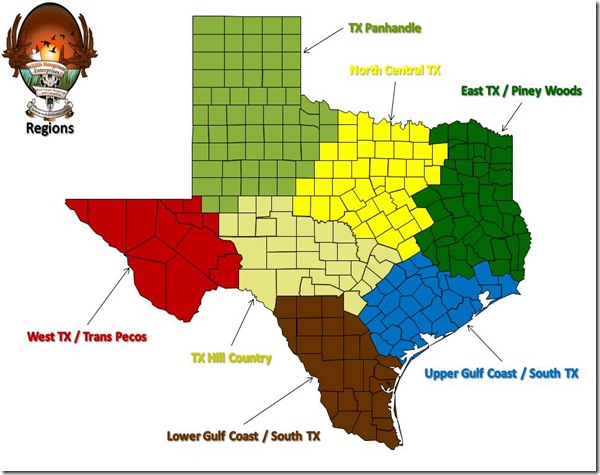
As you break down the state by region, you begin to see that—due to its sheer size—Texas hosts a large number of zones that become home to species as different as the areas they live. From the coastal plains to the panhandle canyon-lands, Texas birding is becoming an increasingly attractive activity.
Texas Panhandle:
If you’re up in the Lubbock-Amarillo areas, a good spot for prime birding is Palo Duro Canyon State Park. In addition to its historic sunset views, the park is frequented by Golden-fronted woodpeckers, summer’s favorite Yellow-billed Cuckoo, Ash-throated flycatchers, Blue Grosbeak and Bullock’s Oriole, just to name a few.
West Texas:
If you’re down in the Concho Valley, San Angelo State Park hosts more than 300 varying species of birds annually. Or you could visit the North Concho River for their Birding Adventure that takes place on the third Saturday of each month.
Southern Hill Country:
The Texas Hill Country is known for scenic overlooks, great wine, and fantastic barbecue; but did you know that there are a plethora of birding hot spots nestled in those valleys? Kickapoo Cavern State Park has a number species, such as the Zone-tailed Hawk, Elf Owl, Vermilion Flycatcher, Varied Bunting and Hooded Oriole; but the park’s highlight is the endangered Black-capped Vireo, which visits seasonally from late March through September.
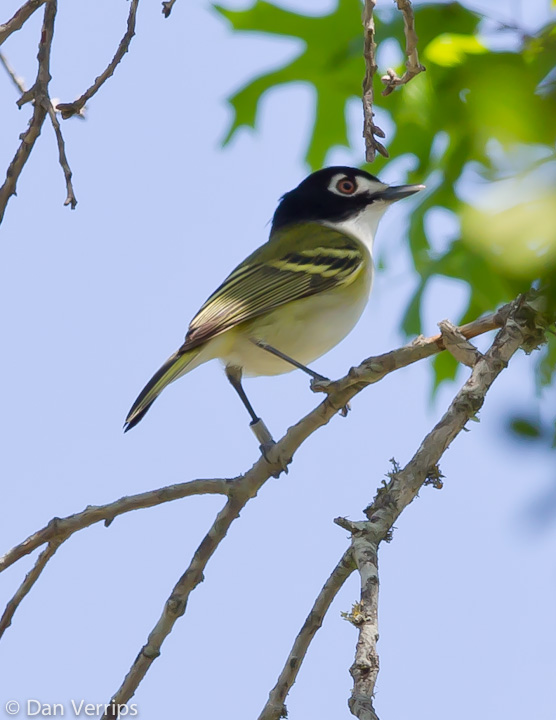
East Texas:
Prothonotary and Yellow-throated Warblers make their nests at Caddo Lake State Park. The thick tree lines and canals make it prime real estate for other native species as well, including Wood ducks, herons, and egrets that lie along the mature floodplain woodlands and cypress trees.
Gulf Coast:
The Great Texas Coastal Birding Trails—an area broken into three regions from Port Arthur to Port Isabel—is home to a list of birds including roseate spoonbills, Red-cockaded Woodpeckers, the Green Jay, Great Kiskadee and Plain Chachalaca, with the occasional visit from various Mexican species in the Lower Rio Grande Valley. Goose Island State Park hosts more than 20 species of warblers every day at this park, along with flycatchers, vireos, tanagers, buntings and orioles.
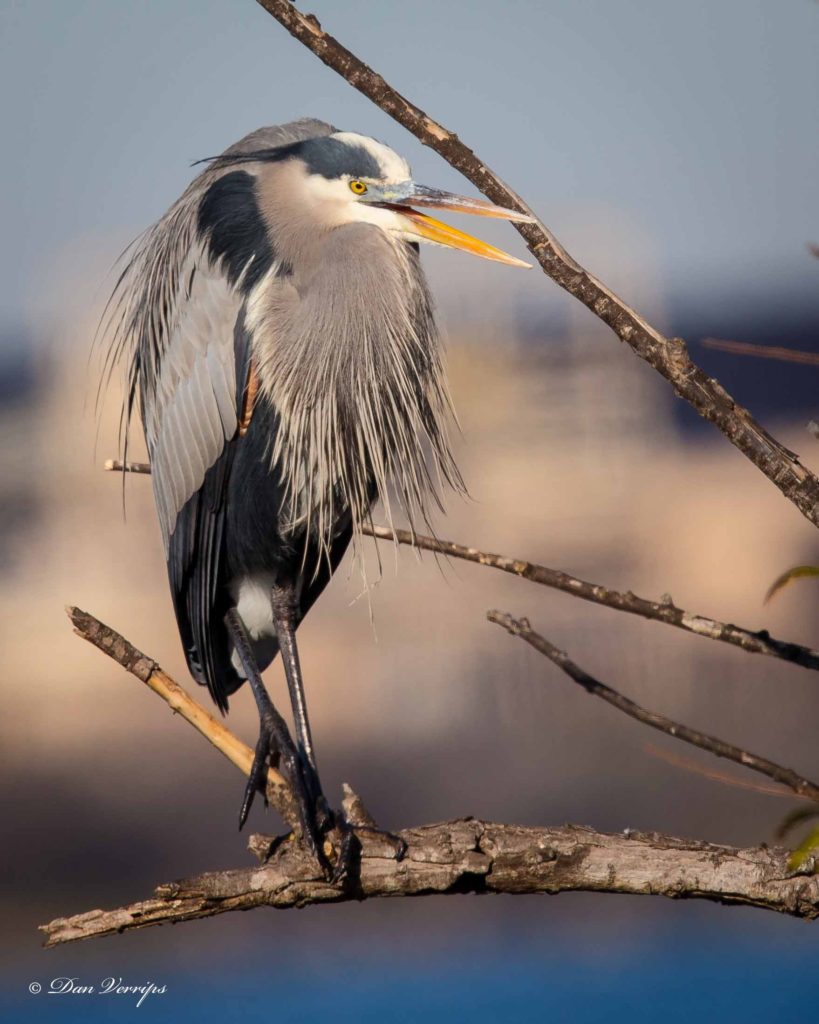
Region 3: Osage Plains [aka Cross Timbers] (PDF 566.5 KB)
Description – The Osage Plains, covering west-central Missouri, the southeastern third of Kansas, most of central Oklahoma, and extending into north-central Texas, is the southernmost of three tallgrass prairie physiographic areas. It grades into savannah and woodland to the east and south, and into shorter mixed-grass prairie to the west. The Osage Plains consist of three subregions. The Osage Plains proper occupy the northeast segment. Although sharply demarcated from the Ozark uplift, the Plains are nonetheless a transitional area across which the boundary between prairie and woodland has shifted over time. In the central portion of the physiographic area lies the second subregion, the Flint Hills. This large remnant core of native tallgrass prairie is a rocky rolling terrain that stretches from north to south across Kansas and extends into Oklahoma. To the west and south of these hills are the Blackland Prairies and Crosstimbers. This vegetatively complex region of intermixed prairie and scrubby cedar-mesquite woodland extends into north-central Texas. As in the rest of the Great Plains, fire, herbivory, topography, and drought maintained prairie and established the location of woodlands. Text by Pashley, David N., et al. 2000. Partners in Flight Conservation of the Land Birds of the United States. American Bird Conservancy, The Plains, VA.
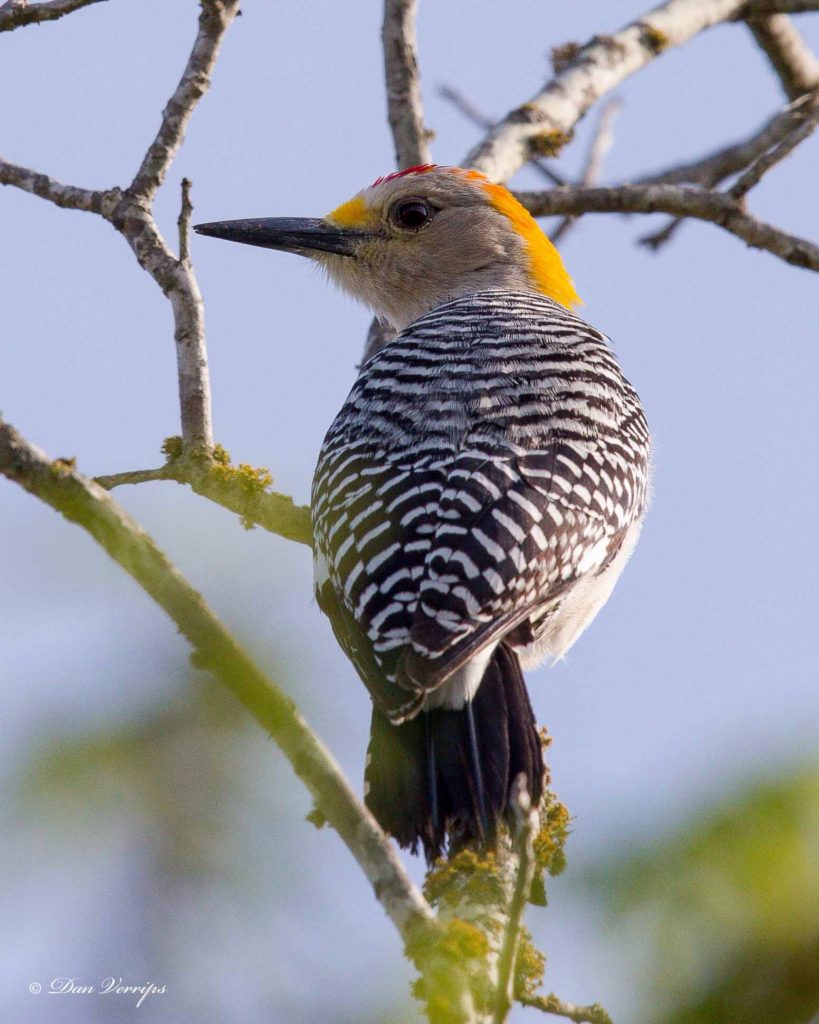
World Birding Center:
The World Birding Center, based right here in Texas, is a “network of nine distinctly different birding sites, set along a 120-mile historic river road – each sponsored by one of the Valley’s nine partner communities. It is a $20 million development based on the joint partnership between the Texas Parks and Wildlife Department, Rio Grande Valley Communities & U.S. Fish and Wildlife Service.”
Texas has an abundance of beauty and majesty that can barely be contained by its size. With birding growing in popularity as a staple outdoor activity, it’s a good idea to be informed before you start your next avian adventure.
Resources such as Texas Parks & Wildlife, Bird Watcher’s Digest, and the World Birding Center are invaluable assets to assist you before planning your next Lone Star birding trip.
Regional information provided by Texas Parks & Wildlife.
World Birding Center info provided by World Birding Center.
